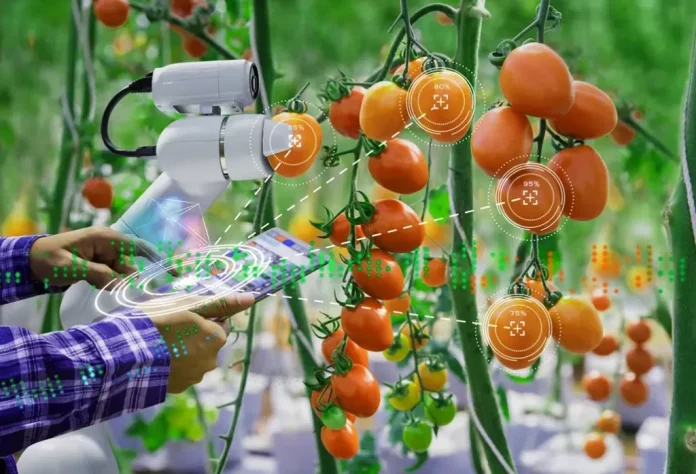A team of Pakistani scientists has made an important scientific discovery by developing a method that uses artificial intelligence (AI) to accurately assess the sweetness of local citrus fruits without damaging them. Led by Dr Ayesha Zeb from the National Centre of Robotics and Automation at the National University of Sciences and Technology (NUST), the team achieved over 80 percent accuracy in predicting fruit sweetness.
For their experiment, the researchers selected 92 citrus fruits, including varieties like Blood Red, Mosambi, and Succari, from a farm in the Chakwal district. They used a handheld spectrometer to collect patterns of light bouncing off marked regions on the fruit’s skin, a technique known as spectra. The team used near-infrared (NIR) spectroscopy, which analyzes non-visible light, to examine the fruit samples. Out of the 92 fruits, 64 were used for calibration and 28 for prediction using the spectrometer.
While the use of NIR spectroscopy for damage-free fruit classification is not new, the Pakistani team’s approach was unique in applying it to model the sweetness of local fruits. They also incorporated artificial intelligence algorithms to directly classify the sweetness of oranges, resulting in improved accuracy.
Traditionally, assessing fruit sweetness involves chemical and sensory testing. Oranges’ sweetness is determined by measuring total sugars, called Brix, while citric acid levels are indicated by titratable acidity (TA). To develop the AI model, the team obtained reference values for Brix, TA, and fruit sweetness by peeling off samples from the marked areas used for spectroscopy.
Laboratory tests were conducted on the juice extracted from the samples to obtain actual Brix and TA values. Additionally, human volunteers tasted the fruits and categorized them as flat, sweet, or very sweet.
Using the collected spectra, reference values, and sweetness labels, the team trained the AI algorithm using a total of 128 samples. The AI model was designed to predict Brix, TA, and sweetness levels based on the spectral data. To evaluate the model’s accuracy, the researchers tested it with data from 48 new fruits, comparing the predicted values with actual measurements obtained through sensory evaluations and chemical analysis.


